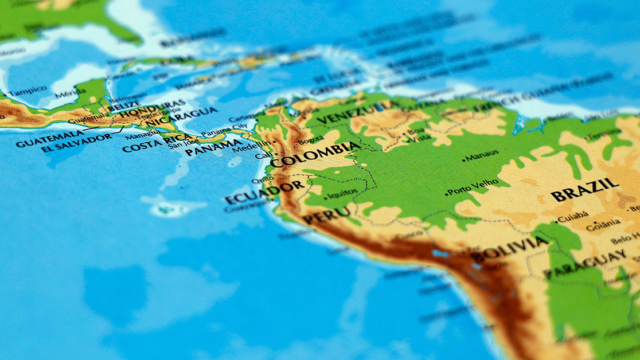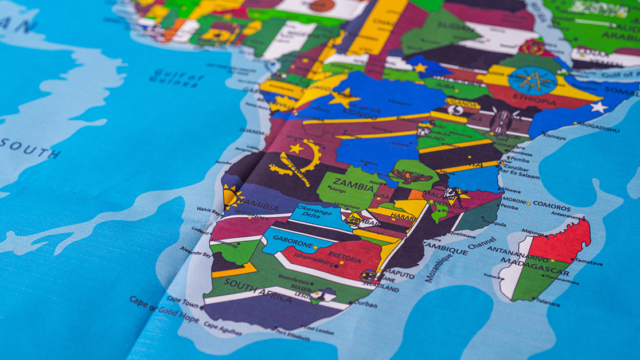According to a World Bank report, India was the top remittance recipient in 2018 with USD79 billion. The report estimated that in 2019, “remittance flows to low- and middle-income countries are expected to reach USD550 billion, to become their largest source of external financing”. In other words, countries, especially developing ones, benefit greatly from remittance flows.
But there’s a price. Another report, “RemitSCOPE – Remittance markets and opportunities – Asia and the Pacific”, noted that while “remittance contributed to Asia Pacific more than 10 times the official development assistance to the region”, and that “an estimated 40% of remittance flows went to rural areas”, the data was “disproportionate to countries with a majority of rural areas”.
This, according to the report, was because remittances to rural areas were generally costlier because of the complexities involved in providing access points in remote areas. This means those who need help the most are ironically facing the biggest roadblock.
Before we suggest a solution, let’s understand the two stages of remittance.
Types of remittance
Outward remittance is what usually comes to mind when we talk about remittance. This occurs when someone currently in a country not their own sends money back to their home country. Traditionally, if outward remittance is performed through a traditional bank, it involves what we call the Swift network.
Think of Swift as an official grouping of banks and financial institutions that agree to work together to standardise global money transfers, making sure each and every member in the network understands instructions and details sent to them.
As you can imagine, maintaining and monitoring such a huge network of banks requires a lot of resources, so while transferring money like this is safe and reliable, it is not fast and definitely not cheap.
Now where there is outward remittance, inward remittance must follow. It refers specifically to the part of the process where a country receives remittance funds from without. This process involves a local distribution of funds through a network of preferred payment methods.
What this means is when you’re expecting money from abroad, the first thing you do is check if it’s wired through a bank or postal order. If you wish to make a withdrawal, you will have to go to the nearest branch and this usually involves a small fee (for postal order). If you are a business, you will most likely be receiving funds in your account with a traditional bank.
If you’re receiving money through a third-party payment facilitator, the sender can choose to send money using a payment method closest and most accessible by you, whether it’s through the local banking network, small remittance firms or even a mobile app.
Why third-party solution?
In the last article, we recommended cost consolidation as a way for firms to cut cross-border transaction costs. That is more relevant than ever given that the same World Bank report concluded that banks were the most expensive remittance channels at 11% in the first quarter of 2019.
But what is the most effective way to reduce remittance costs (lowering it to 3% by 2030 is a Sustainable Development Goal)? This article suggests employing third-party payment facilities that can form a simple bridge across the two stages of remittance.
Why? Using Tranglo as an example, its network spans thousands of pick-up points all over the world, with 24/7 single or mass payouts to several countries. Tranglo’s model is also extremely scalable and fully integrated.
In layman’s terms, Tranglo employs the clever use of local banking network and connection to local remittance players to find the best way for life-sustaining money to reach recipients. Money transfers are not just quick and safe this way, but often cheaper because third-party payment hubs often operate in narrower corridors.
For example, a Southeast Asian remittance specialist would have a significant presence in that region and hence, if you engage that firm, you will be assured of lower remittance fees compared with using Swift, where you may end up engaging a few different banks that link your transaction, with each of them charging a service of processing fee.
If you operate a business and have problems choosing the right cross-border payment hub, read this.
Conclusion
Sending money across borders is very common. The trick is doing so through reliable and affordable remittance services. Making sure remittance is accessible to all often involves careful planning, and knowing when to engage a third-party solution and when to stick to the tried and true, albeit conventional, methods. Connect with us to know more.







